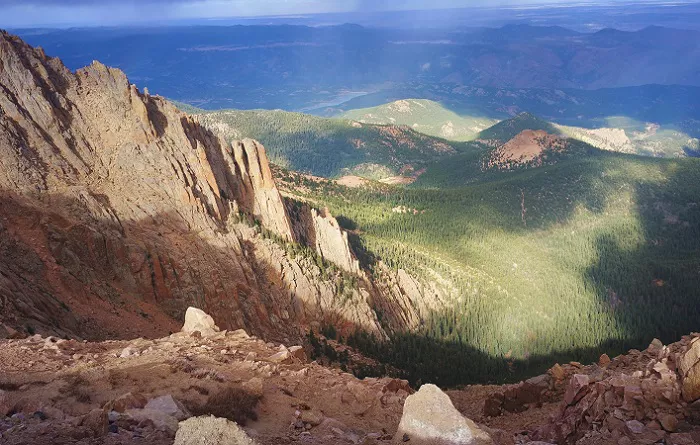In 1893, a visit to Colorado’s Pikes Peak provided the inspiration for what would become one of the United States’ most cherished patriotic songs, “America the Beautiful.”
Katharine Lee Bates, a professor and writer, traveled to Colorado Springs that summer to teach at the Colorado Summer School, according to the National Park Service (NPS). During her stay, she ascended Pikes Peak by prairie wagon. The sweeping landscape viewed from the summit — described by Bates as a “sea-like expanse” — moved her to pen the opening lines of the poem that would evolve into the iconic anthem.
“All the wonder of America seemed displayed there,” Bates later reflected, as reported by the NPS.
The poem, originally titled “America,” was first published in 1895 in The Congregationalist. By 1904, it had gained widespread popularity and was set to several musical arrangements. The version that endured was paired with Samuel A. Ward’s composition “Materna,” the melody most commonly associated with the song today.
The combined lyrics and music were officially published under the title “America the Beautiful” in 1910. Bates would go on to release a final revision of the lyrics in 1913, published in the Boston Evening Transcript.
Today, Bates’ legacy endures not only through the enduring words of her song but also in a statue erected in her honor outside the Colorado Springs Pioneers Museum, facing the very mountain that inspired a national treasure.

